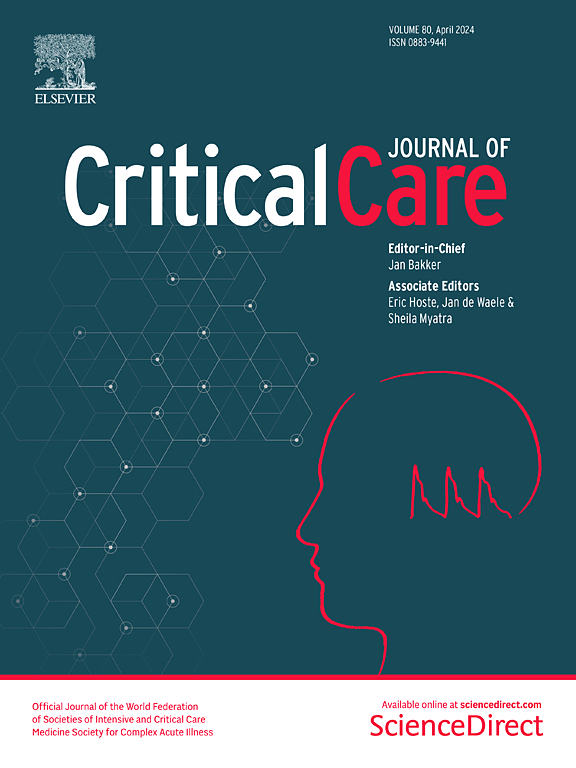A review of gut failure as a cause and consequence of critical illness
IF 8.8
1区 医学
Q1 CRITICAL CARE MEDICINE
引用次数: 0
Abstract
In critical illness, all elements of gut function are perturbed. Dysbiosis develops as the gut microbial community loses taxonomic diversity and new virulence factors appear. Intestinal permeability increases, allowing for translocation of bacteria and/or bacterial products. Epithelial function is altered at a cellular level and homeostasis of the epithelial monolayer is compromised by increased intestinal epithelial cell death and decreased proliferation. Gut immunity is impaired with simultaneous activation of maladaptive pro- and anti-inflammatory signals leading to both tissue damage and susceptibility to infections. Additionally, splanchnic vasoconstriction leads to decreased blood flow with local ischemic changes. Together, these interrelated elements of gastrointestinal dysfunction drive and then perpetuate multi-organ dysfunction syndrome. Despite the clear importance of maintaining gut homeostasis, there are very few reliable measures of gut function in critical illness. Further, while multiple therapeutic strategies have been proposed, most have not been shown to conclusively demonstrate benefit, and care is still largely supportive. The key role of the gut in critical illness was the subject of the tenth Perioperative Quality Initiative meeting, a conference to summarize the current state of the literature and identify key knowledge gaps for future study. This review is the product of that conference.求助全文
约1分钟内获得全文
求助全文
来源期刊

Critical Care
医学-危重病医学
CiteScore
20.60
自引率
3.30%
发文量
348
审稿时长
1.5 months
期刊介绍:
Critical Care is an esteemed international medical journal that undergoes a rigorous peer-review process to maintain its high quality standards. Its primary objective is to enhance the healthcare services offered to critically ill patients. To achieve this, the journal focuses on gathering, exchanging, disseminating, and endorsing evidence-based information that is highly relevant to intensivists. By doing so, Critical Care seeks to provide a thorough and inclusive examination of the intensive care field.
 求助内容:
求助内容: 应助结果提醒方式:
应助结果提醒方式:


